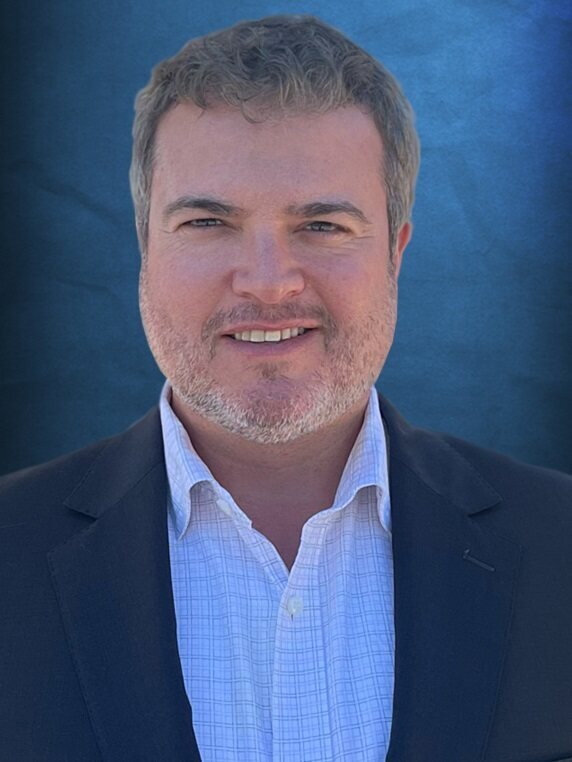The sudden – and ongoing – COVID-19 pandemic of 2020 has been the greatest external disruptor that the modern healthcare industry has ever seen. That tumult has unmoored everyone involved, from hospital systems, to physician groups, to practitioners, to patients and their families, to payers, to federal, state, and local government agencies – and the Private Equity healthcare space is no exception.
What has been the impact on the valuation of medical practices, over the past several months, and looking ahead to the future?
Looking back just to this past February, we saw a fast-growing crescendo in the valuation of medical practices that had been accelerating for the previous five or six years. The Private Equity model suggests a “win-win” solution to what has been a growing financial and regulatory administrative burden on practices; the deals typically establish an MSO (Managed Services Organization) that manages administrative aspects of the physicians’ practice, freeing the clinicians to focus on patient care and medical decisions. For Private Equity investors, a key element of the premise is that healthcare demand is comparatively “recession-proof” (as people will always need healthcare), and is in fact projected to keep growing as the U.S. population is statistically aging, having even more need and demand for healthcare services in the future.
In 2019, Private Equity activity in healthcare had reached its highest levels ever, posting a total disclosed deal value of $78.9 billion, the highest on record (Bain & Company, Global Healthcare Private Equity and Corporate M&A Report 2020, March 8, 2020).
In the first quarter of 2020, as both sides continued to increase their appetite for such deals, the sector continued generating upward momentum, and practice valuations continued to soar; doubling, or even tripling, of practice valuations in some “hot” specialties and subspecialties were incessantly driven up in a virtual “land grab” scenario of eager buyers competing with each other to acquire targeted practices and practice groups (“platforms”).
Understandably, physicians’ expectations of their practices’ values also rose sharply.
Valuation for subspecialties had been rising the fastest, commanding the highest multiples in the Private Equity MSO transaction world.
The music stopped in early March when COVID hit. Deals that were in the middle of being consummated were put on “pause,” some to be radically renegotiated to get them done, others to be shelved. Needless to say, practice valuations (temporarily) plummeted as the healthcare industry scrambled to figure out how to provide care to COVID victims, while keeping staff and patients safe, and also while trying to provide some continuation of care to patients with other illnesses or injuries. State governments put various stay-at-home orders in place, essentially closing many types of medical and dental practices by forbidding patients to go there.
But, healthcare providers weren’t going to throw in the towel. Their underlying mission to help people led to an impressively rapid response in innovation (workflow), new solutions (telehealth), and hard work (safety & sanitary measures) to start stemming the flow and turning the tide.
Into the “W Curve”
As postulated this spring by Ernst & Young and further detailed by Fraser Healthcare LLC, the recovery in healthcare patient volumes, services variety, and resulting revenues will not follow a simple “V”-shaped recovery curve (falling initially due to the pandemic, then returning upward to normal levels as the pandemic subsides). Rather, healthcare is projected to follow a “W”-shaped trend line of down, up, down again, and back up, hence the “W Curve” label.
The dynamics of this projected trend are intuitively logical for healthcare particularly. The first drop (as we saw in the spring) comes from COVID’s arrival, stay-at-home orders, and an immediate focus on treating COVID. Then, as states eased lockdowns in favor of mask and social distancing protocols, the initial wave of COVID receded, and medical practices reopened and slowly re-expanded services (such as elective surgeries), the revenue trend line eased back up (which we have seen this summer). But, with activities reopening as regulations loosen, the disease is beginning to spread again, and heading into the traditional flu season, a “second wave” is considered to be highly likely this fall. This sends the practice revenue trend line down again.
How many times will this up-and-down medical revenue trend line repeat itself in the months ahead? No one can say. That’s why some analysts are talking about a “Sawtooth Curve,” comprised of many such “W Curves” in a repeating cycle.
Of course, a major wild card in projecting the future shape and range of the “W Curve” will be the eventual release of both a vaccine for preventing COVID, and therapeutics to treat those who get the illness. When these measures are released that will make an immense change both in public policy and patient confidence about their safety in visiting medical offices for routine or elective appointments and procedures. It’s a very fluid situation, which will vary state-by-state.
Further, those compound curves will be different for different specialties and subspecialties. Among the hardest hit have been ophthalmology, dermatology, gastroenterology, women’s health, fertility, plastic surgery, and dentistry.
On the other hand, some specialties have actually increased patient volume and revenue, ironically driven by the COVID environment, including behavioral health counseling and eating disorder centers.
Investment and valuation going forward
Needless to say, the current situation creates a climate of deliberate reflection and caution, a far cry from the wild and woolly days we were in as recently as February. But, in many ways, the impact of COVID on medical practice valuations has been a course correction, a “right-sizing” of valuations that creates a more level playing field for buyers, sellers, and investors alike. Thus, Private Equity investment activity has already begun to increase month-by-month after the initial shock of the pandemic.
Don’t forget that many of these practices and platforms have good underlying fundamentals that should allow them to once again thrive in a normalized post-COVID environment. In fact, many of the innovations and improvements forced by COVID will actually make some practices stronger and better equipped to exceed their previous success post-COVID.
In the near-term, it is likely that Private Equity activity will focus more on expansion by add-ons to current holdings than by initiating new MSO roll-ups. While lower revenue is expected in the short term (especially before a vaccine and therapeutics), the same underlying demographics, market space, and subspecialty growth projections still apply to both acquired and targeted practices and platforms, just in a longer term. Valuations will be lower than they were before COVID, but although upfront cash pricing may go down, deal structures that provide more future and incentivized compensation for sellers will help counter that immediate trend.
In fact, many industry analysts consider it a “Buyer’s Market” right now. Consider that many private physicians and senior practice partners, who pre-COVID may have been thinking about a 3-, 5-, or 10-year exit strategy, now long for the relief of a 3-, 5-, or 10-month exit strategy in the tumultuous COVID world. CohnReznick, the global advisory and tax firm, feels that conditions resulting from COVID will compel many practices and platforms to seek external financing opportunities, therefore investment opportunities will increase, resulting in an expansion of deal activity (Cohen & Znaniec, CohnReznick, 4/20/20). Similarly, in an August article, “Independent physician interest in management services organization (MSO) models continues to increase. The new COVID-19 paradigm will accelerate physician affiliations and acquisitions by large health systems and Private Equity funds. Previously existing headwinds (for practices)… paired with a sudden decline in revenue due to the pandemic, has led to a buyer’s market” (Metnick, Van Demark, and Tzanetakos, Health & Life Sciences News, 8/25/20).
As is always true in a disruptive crisis, new opportunities emerge which counterbalance the challenges; that is where we find ourselves today in the Private Equity healthcare space.
Medical Advantage, a part of The TDC Group, has helped our clients earn $100M in additional value-based care revenue and enabled clients to earn up to a 6:1 ROI. Our Private Equity team assists PE Firms, MSOs, and Physician Practices and Platforms in improving workflow efficiency, standardizing, and optimizing EHR technology, increasing payer reimbursement and quality bonuses, and other services. We are part of a $6B national enterprise serving over 100,000 physicians and healthcare-related entities. To learn how Medical Advantage can help your MSOs to reduce costs, increase revenues, and optimize profitability, reach out to us today.





